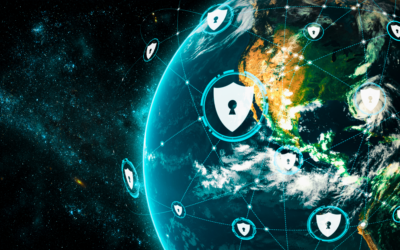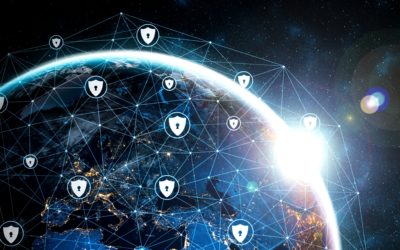According to Gartner, External Attack Surface Management (EASM) will evolve into a fundamental feature integrated into various security markets within the next three years. This trend underscores the growing recognition of potential synergies between threat intelligence, digital risk protection, third-party risk management, and EASM solutions.
The driving force behind this shift is the escalating vulnerability of external digital assets – websites, applications, servers, and cloud services – to cyberattacks. These exposed resources are prime targets for cybercriminals seeking unauthorized access, data theft, and launching attacks. To combat this threat, organizations are increasingly prioritizing EASM solutions for effective management and risk mitigation of their external attack surfaces.
Challenges of Managing External Attack Surfaces
The evolving cybersecurity landscape, marked by the proliferation of external attack surfaces, creates a cybersecurity nightmare for organizations. The sheer volume of internet-facing assets, fueled by the rapid expansion of digital footprints, has made it increasingly difficult for organizations to manage and secure their infrastructure. With numerous potential entry points, organizations struggle to identify and patch the myriad of vulnerabilities, amplifying the complexity of cybersecurity efforts.
The fragmented nature of network and security teams exacerbates the complexity of addressing these challenges. Operating in silos and focusing on disparate priorities, these teams often utilize different tools and fail to communicate effectively, hindering collaborative efforts in monitoring and managing external attack surfaces. This lack of cohesion and coordination further compounds the difficulties faced by organizations in safeguarding their digital assets. The rise of remote work, third-party tools, and cloud migration further exacerbates this by introducing new layers of complexity and risk, including concerns around shadow IT and the inherent openness of cloud environments.
Read More: DOE Evaluates runZero Tool for Vulnerability Scanning in Utilities
The complications arising from the expansive external attack surface profoundly affect organizations’ cybersecurity posture and business operations. As businesses strive to expand their digital footprint to remain competitive in today’s interconnected landscape, they inadvertently expose themselves to many cyber risks. The challenges associated with securing these assets heighten the difficulty of maintaining business operations securely, posing a significant threat to continuity and resilience.
Without effective management of external attack surfaces, organizations become susceptible to a wide array of cyber threats, including unauthorized access, data breaches, and disruptive cyberattacks, which can result in financial losses, reputational damage, and regulatory non-compliance.
Strengthening Cybersecurity with EASM Solutions
To ensure safety, it is crucial to adopt a cybercriminal’s perspective. For instance, cybercriminals target vulnerable external or internet-facing assets to infiltrate networks. Similarly, organizations should have cyber tools in place that can actively seek out these vulnerabilities. Through ongoing discovery, monitoring, and assessment of an organization’s external attack surface, these EASM solutions can pinpoint potential weaknesses that might be exploited, reducing the risk of a breach.
EASM solutions empower security teams with comprehensive visibility into their external attack surface, enabling them to proactively monitor public-facing assets for exposures and vulnerabilities. By tracking and managing these risks in real time, organizations can enhance their ability to identify and address potential threats before they escalate into significant security incidents. This strengthens cybersecurity resilience and enables businesses to leverage their digital assets more effectively while minimizing the associated risks, ultimately safeguarding their operations and reputation.
Key features of EASM solutions include:
- Asset discovery and inventory: Continuous scanning and cataloging of both identified and unidentified external assets, which could serve as potential entry points to internal networks.
- Attack surface mapping: Creation of a detailed representation illustrating potential intrusion points for cybercriminals, offering insight into end-to-end attack routes through discovery and visualization.
- Vulnerability prioritization: Accurate ranking of vulnerabilities within networks, considering factors like CVE severity, business relevance, exploitability in the wild, and accessibility of assets.
- Cloud management: Detecting deviations from cloud policies and identifying weak or misconfigured settings that could pose security risks.
Read More: From ERM to ESRM: Shifting Focus to Comprehensive Security
Safeguarding Digital Assets
In today’s threat landscape, reactive cybersecurity isn’t enough. EASM solutions empower organizations to take a proactive stance. EASM grants unparalleled visibility into exposed assets, vulnerabilities, and potential threats by continuously mapping the external attack surface. This allows them to move from constantly playing catch-up to proactively safeguarding their digital fortress.
EASM goes beyond just data – it translates complex information into clear, user-friendly formats. This allows security teams to prioritize vulnerabilities effectively and develop a comprehensive security strategy that mitigates risks before they become breaches.




